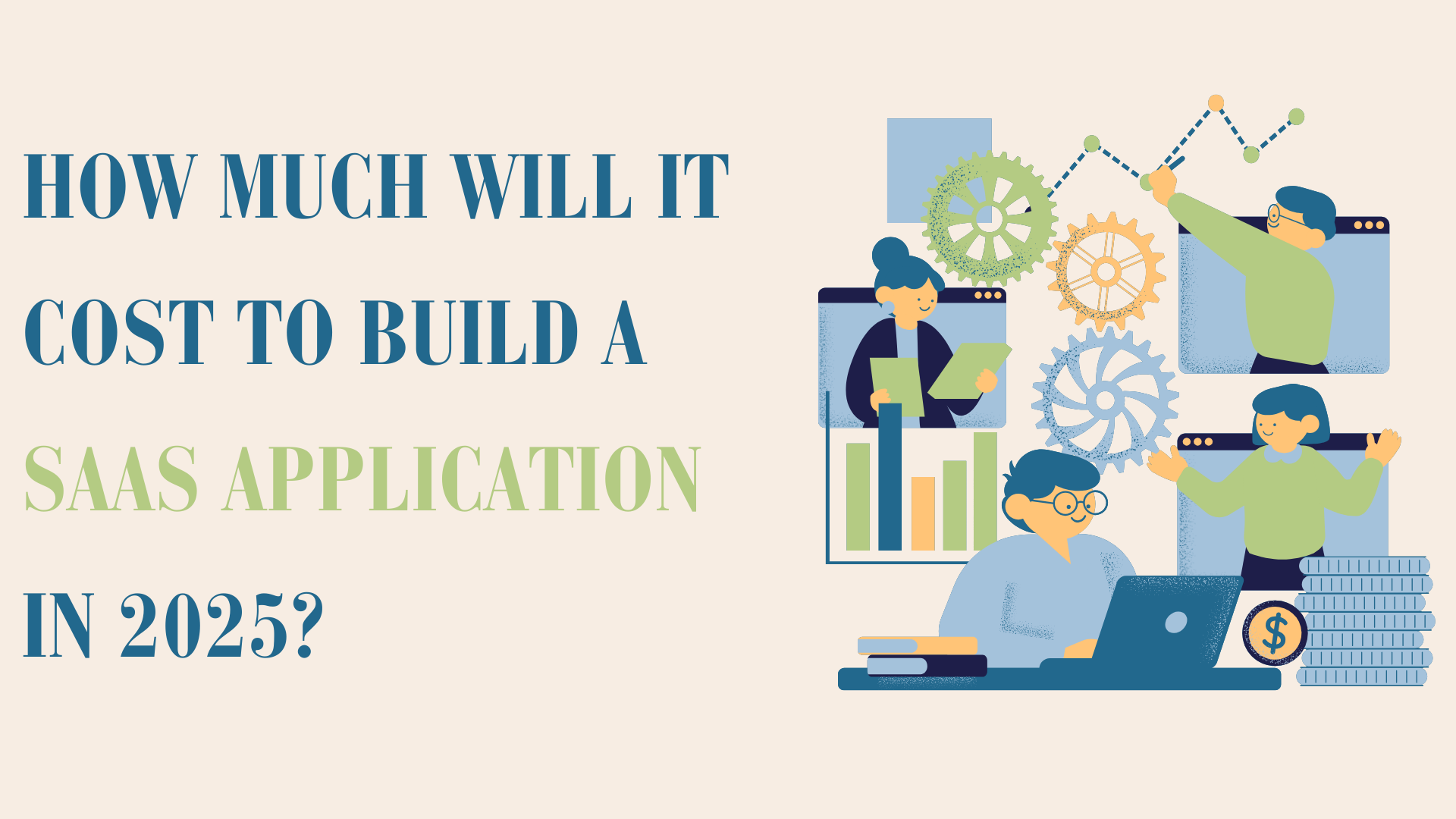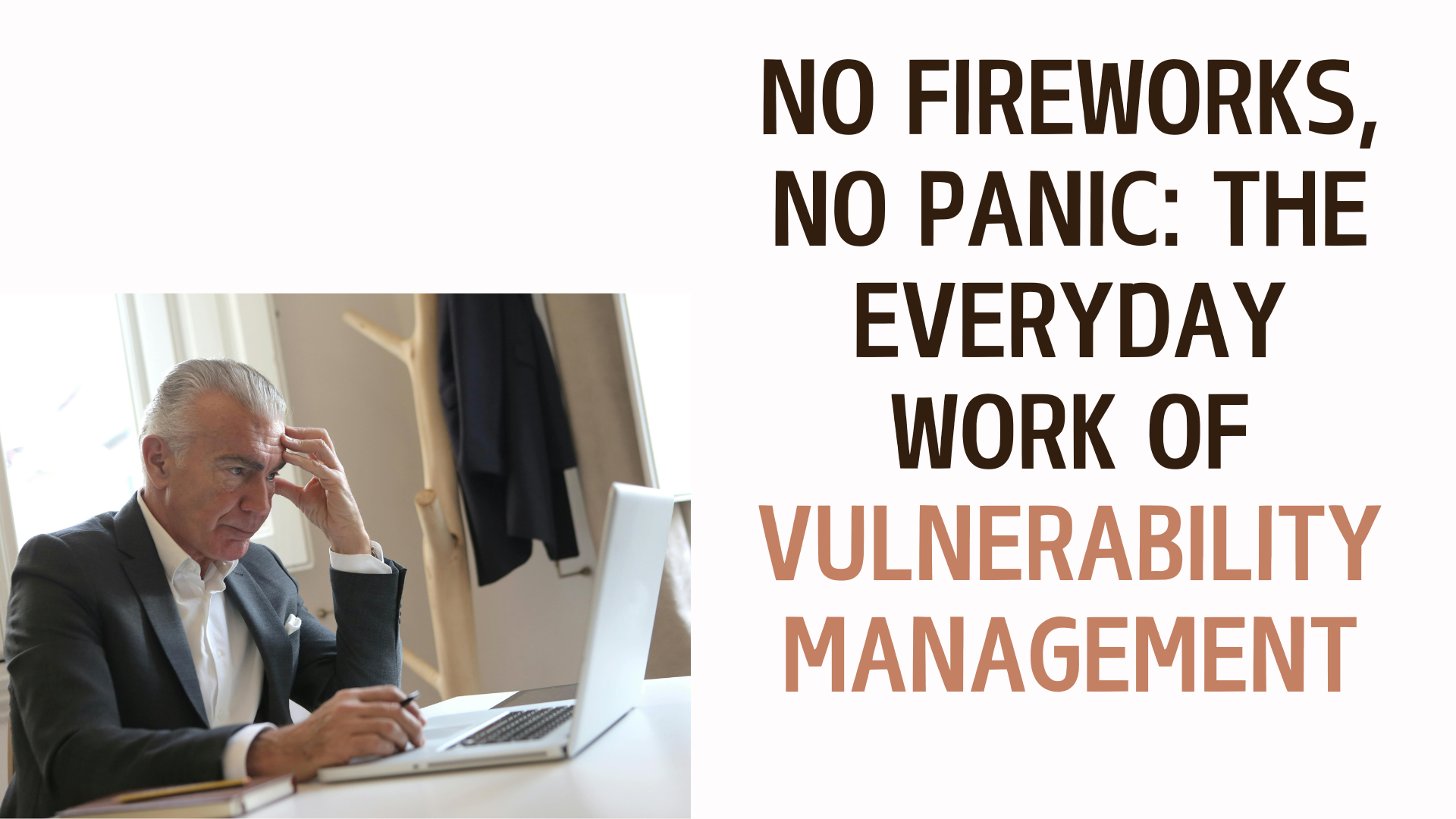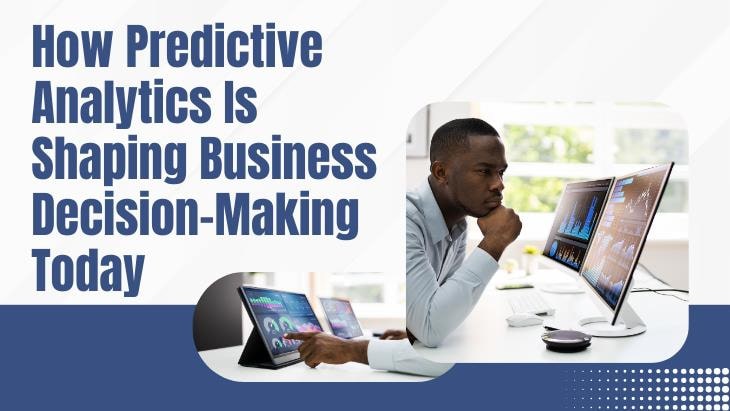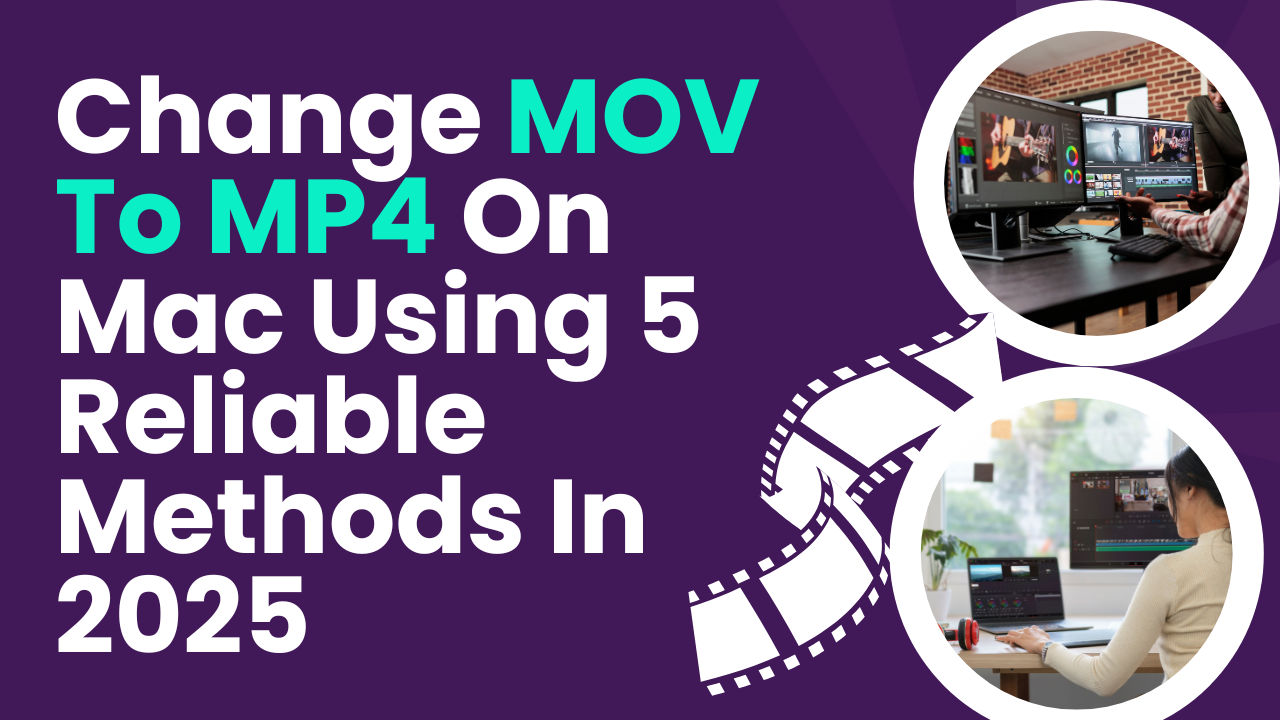The demand for developing SaaS applications keeps growing dramatically because more and more companies are looking for scalable and affordable solutions to precisely meet their ever-growing needs and requirements within today's very competitive market environment. If you are going to launch your own SaaS platform, among the first questions you would probably like to know the answer to will be: how much does the development of a SaaS platform cost? This is a very important question; its answer depends on several factors, including certain business goals, features required, and the approach to development you choose in the course.
The following article is a deep dive into the various costs related to SaaS development. We will bring out meticulously the many elements that have a huge influence on such costs. In addition, we will consider some common costs that start-up SaaS businesses usually have, giving real-world examples to better outline what it really takes to make it big in this competitive industry.
SaaS Development Cost: Factors Involved
This again is bound by many factors, but the cost for starting a SaaS company can range from $30,000 to over $500,000. Key cost drivers include:
1. Basic Features and Complications
The scope of your features will indirectly affect the overall pricing of SaaS. Basic SaaS solutions that can solve limited tasks-like some kind of task manager such as Trello-are cheaper to be developed than really complex systems such as Salesforce or Slack.
Basic SaaS platforms range from $30,000 to $80,000.
Examples include Trello and Canva.
Features included: user account management, dashboards, basic reporting, and integrations.
Mid-tier SaaS solutions: $80,000–$200,000
Examples are FreshBooks and HubSpot.
Some of the key features include advanced analytics, strong APIs, and customized workflows.
SaaS Enterprise Solutions: $200,000+
Examples include Salesforce and Workday.
Features included multi-tenancy architecture, sophisticated artificial intelligence in preparations and infrastructures ready for compliance.
2. The Role of Design and User Experience
Needless to say, investing in an intuitive and sleek interface is absolutely crucial for keeping users engaged and satisfied with the platform. Major SaaS products, including Dropbox and Zoom, were only recognized and favored because of their outstanding, user-friendly designs that actually enhanced the user experience. It is important to consider that the implementation of custom UX/UI design can substantially raise the development cost of a SaaS product, with general costs ranging between $10,000 and $50,000, depending on the level of complexity involved in designing.
3. Overview of the Technology Stack
The choice of the tech stack affects both the pace of development and further scalability:
Frontend: React, Angular, or Vue. js
Back-end: Node. js; Python is also pretty fine with the Django/Flask systems, and so is Ruby on Rails.
Database: PostgreSQL, MongoDB, or MySQL
While AWS and Kubernetes are modernized stacks to scale that might be overcharging the SaaS startup, they pay in the long run.
4. Development Team Responsible
SaaS application development requires a dedicated team and may be pretty costly. The costs depend on your approach:
In-house Team: $100,000–$250,000/year
Outsourcing: $30,000–$150,000 per project
Freelancers: $15,000–$50,000 per project
Budget Breakdowns for a SaaS Startup
Below are some generic breakdowns of SaaS startup costs that may give you a better idea:
Category: Rough Estimate Range
Design & Prototyping Range: $5,000–$50,000
Development $30,000–$400,000
Hosting & Infrastructure: $500–$3,000 per month
Marketing & Sales: 10,000–$100,000/yr
Maintenance & Updates $10,000–$50,000/yr
How Much Does It Cost to Build a SaaS Platform Like [Examples]?
1. Slack
Developing a platform with strong communication like Slack can cost upwards of $ 150 000. Other shortlisted features to cater to the users' needs and wants include: discussions in team channels, message archiving for records, and third-party integrations to make the platform function better and be more user-friendly.
2. Canva
A design tool similar to Canva but with more complex features in editing would allow users to work in an intuitive drag-and-drop interface, collaborate in real time on their work, and would plausibly require an upfront investment in development in the range of $200,000 to $500,000.
3. FreshBooks
Accounting and billing SaaS, such as FreshBooks, can start from $80,000 to $150,000, based on the level of automation and reporting.
Approaches to Improvement and Optimization of Costs Involved in SaaS Development
1. Start small, something manageable.
Begin testing your first idea with something known as a Minimum Viable Product-or, in short, MVP. A very good example of this is Dropbox, because when it first started out, it had an extremely minimalistic MVP that just demonstrated how the synchronization of files would have to work, scaling the services as it worked.
2. Consider Leveraging Off-the-Shelf Solutions from the Market
Where possible, use out-of-the-box integrations to save precious time and resources on developing an in-house authentication system using Auth0 or the payment processing system using Stripe.
3. Working with teams of enormous experiences.
The experienced developers will help to avoid expensive mistakes and will make the whole development of SaaS applications easier and more effective. While development is key, collaborating with a SaaS PPC agency ensures that your software reaches potential customers quickly and effectively. Cooperation with agencies specialized in SaaS solutions, like Clockwise Software, could be the wise and economically good choice for your project.
Long-Term SaaS Costs
Remember, the up-front cost to become a SaaS company is only the tip of the iceberg. Ongoing costs of being a SaaS company include:
* Hosting: Scaling infrastructure with heavier traffic.
* Maintenance: This will mainly involve upgrading the system regularly, debugging, and so on.
* Customer Support: Assisting users promptly in every condition of need.
For instance, there are investments of millions in Shopify and Zoom to continuously conduct maintenance and development activities to outcompete rivals.
Conclusion
In 2025 and beyond, creating a successful SaaS platform involves some deep considerations and investment. Each of the above SaaS startup costs has dependencies on the level of your product's complexity, design, and approach to development. Be it an elementary tool like Trello or an Enterprise-class system such as Salesforce; one has to be well-versed with the influential factors that govern the cost of SaaS development.
If you’re ready to start your SaaS application development, consult with experienced professionals to bring your vision to life without overspending.

















Post Comments